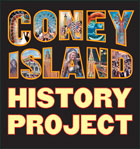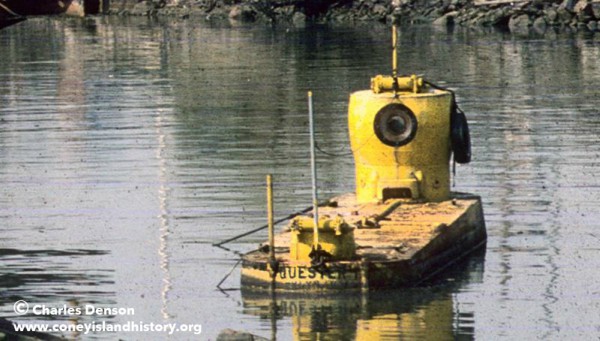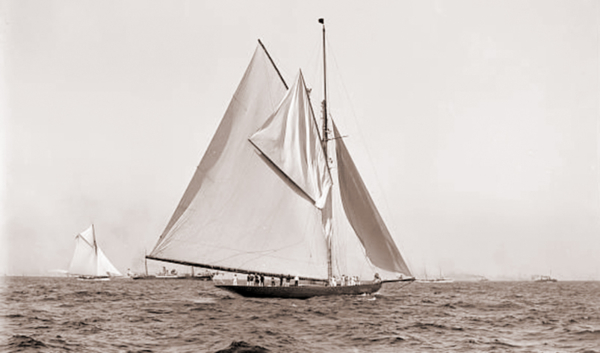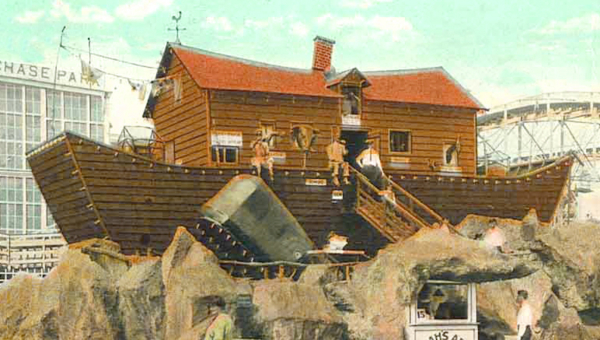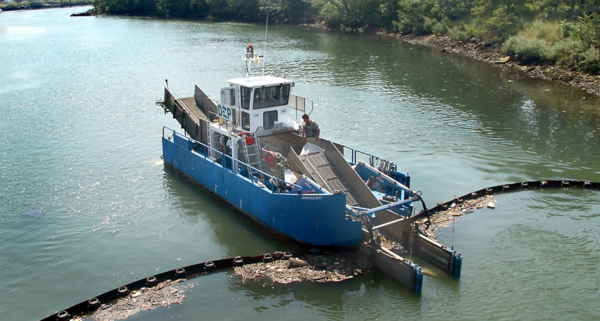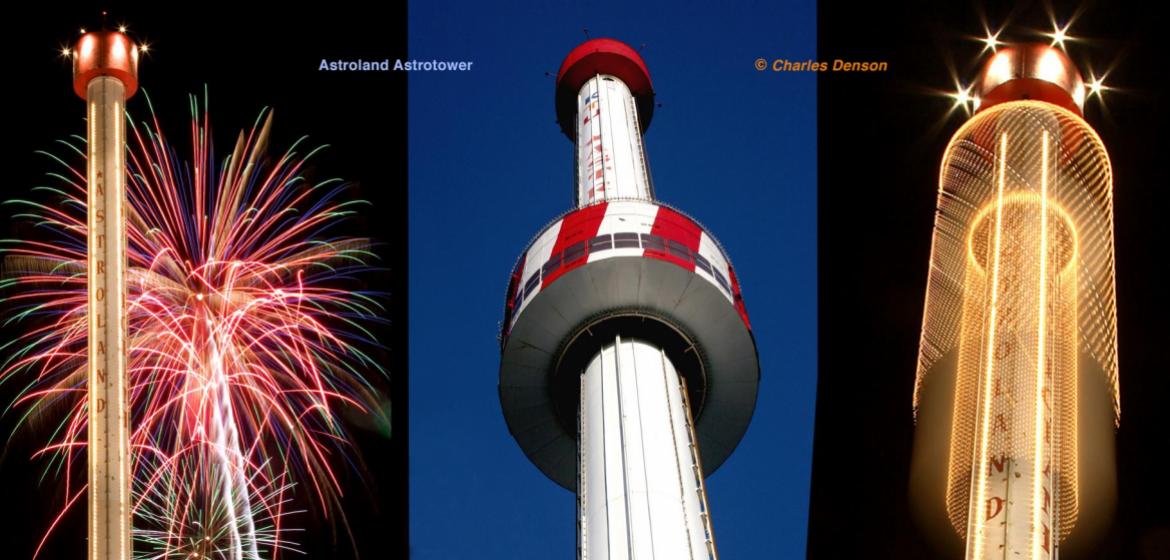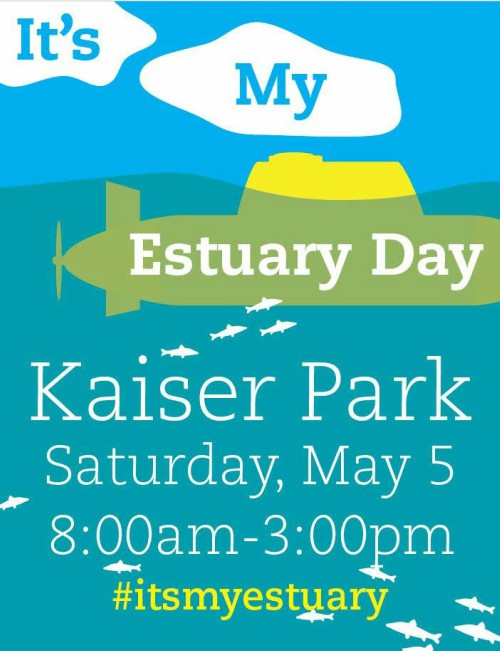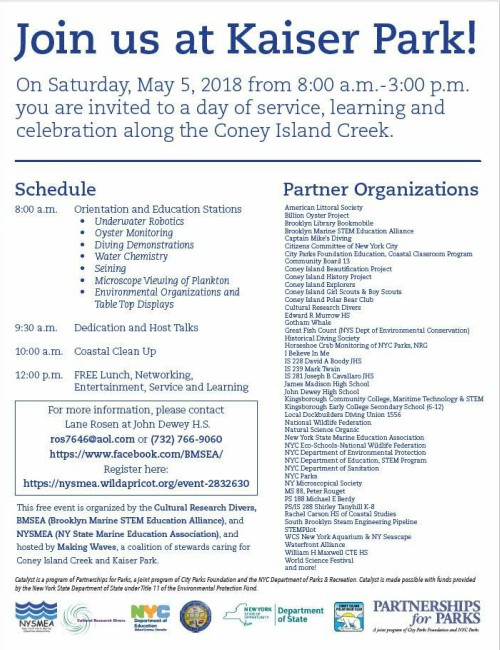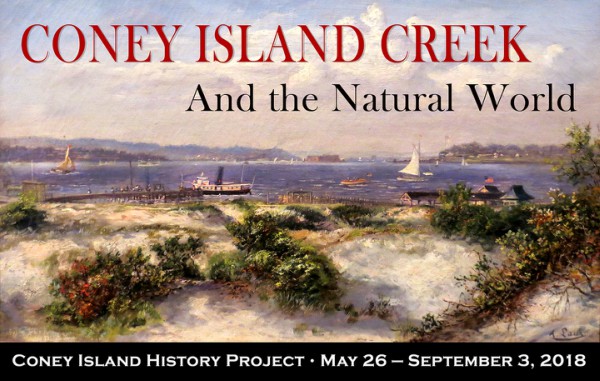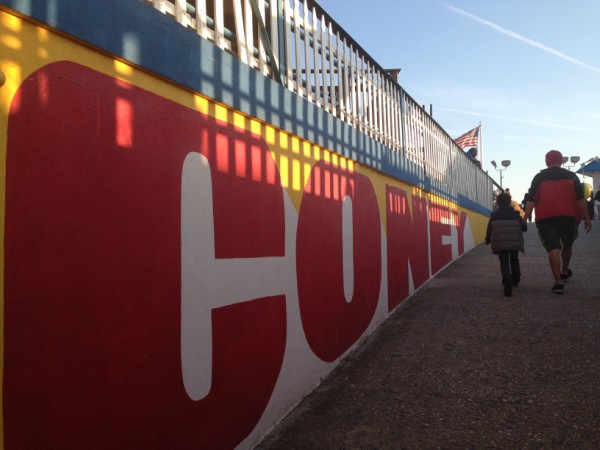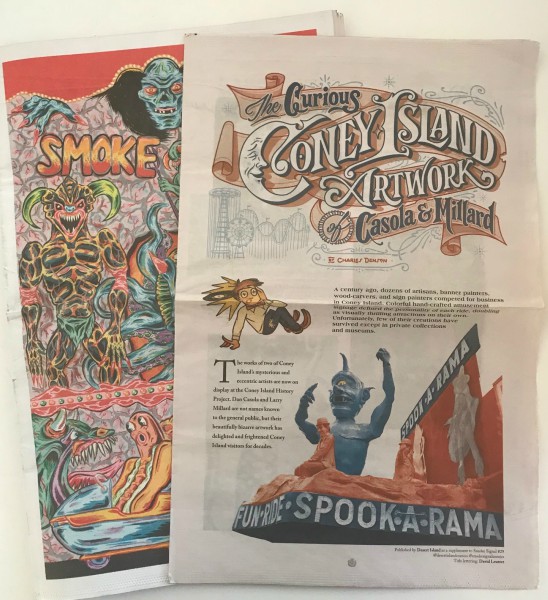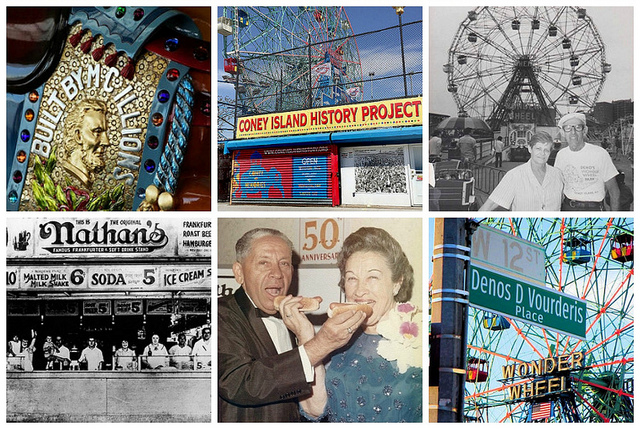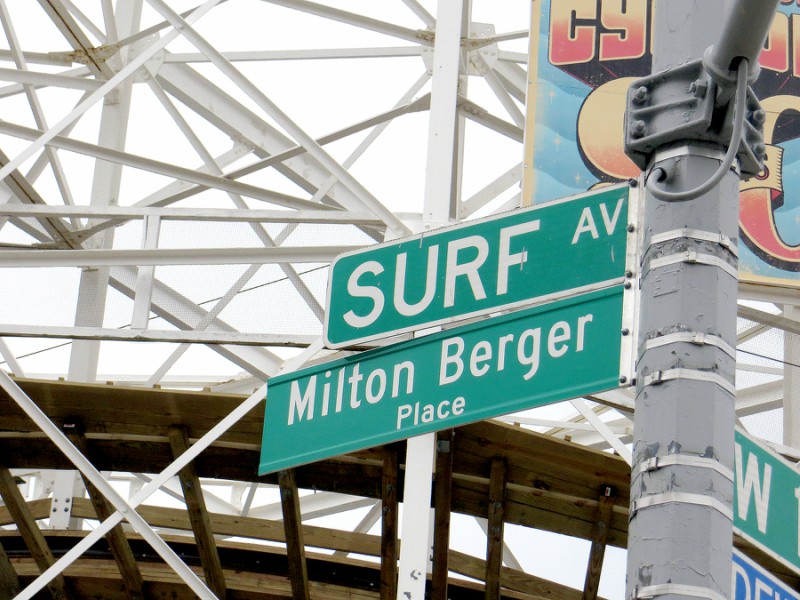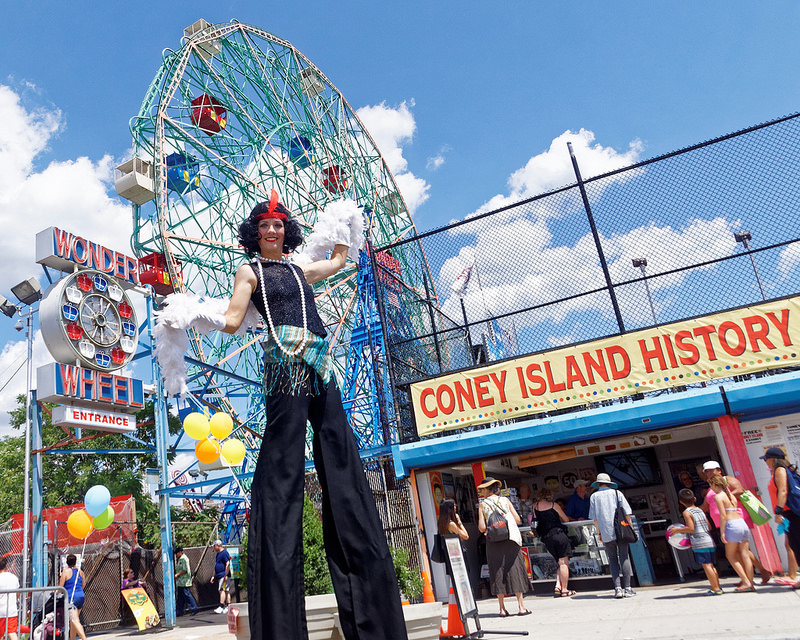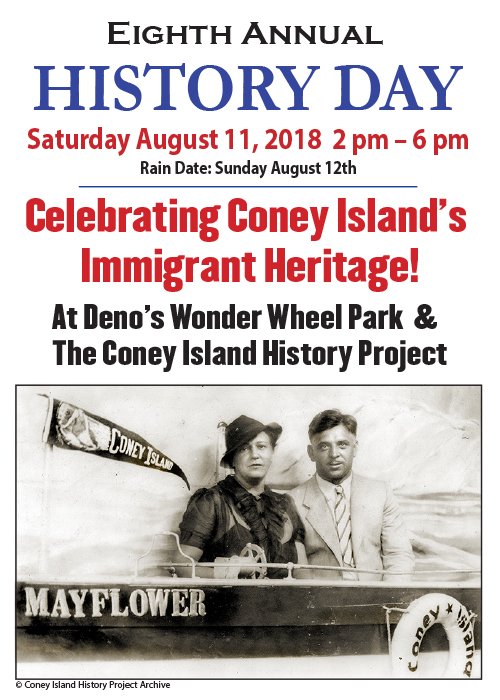
[POSTPONED] We're sorry, due to the rainy forecast on Saturday, August 11, and on Sunday, we are postponing our 8th annual History Day event for this weekend. We plan to reschedule it and hope you will join us then. Sign up for our e-news (link at bottom of page) or follow us on social media for updates!
[UPDATE] 8th Annual History Day is rescheduled for June 9, 2019!
Eighth Annual History Day
Saturday, August 11th, 2pm-6pm
Rain Date: Sunday August 12th
Celebrating Coney Island's Immigrant Heritage!
At Deno's Wonder Wheel Park and
The Coney Island History Project
Free Live Music, Entertainment and History!
Hosted by Deno John Vourderis, Deno's Wonder Wheel Park and
Charles Denson, Coney Island History Project
In the early 20th century Coney Island's most popular souvenir photo-stand props consisted of small boats named The Mayflower. Recent immigrants could pose as Mayflower passengers, freedom-seekers celebrating liberty on the shores of the World's Playground.
For more than a century, Coney Island served as the true historic "melting pot" for New York City's immigrant population. It remains a place of great diversity, where people of small means enjoy an affordable day of free recreation on the beach and Boardwalk. Coney Island continues to be a destination for immigrants, the place to assimilate with people of all nationalities. It's where they finally find true freedom and become Americans.

Enjoy History Day performances by musicians and dancers representing the traditional culture of countries from which people have emigrated to Coney Island:
Mariachi Real de Mexico de Ramon Ponce - New York's premier mariachi - 3:00PM
Brighton Ballet Theater School of Russian Ballet - Local students from school founded by Irina Roizin perform classical ballet and Ukrainian folk dance - 3:30PM
Paolo Buffagni - Modena-born tenor moved to New York to take up a career in opera and lives in Sunset Park - 4:00PM
New York Music and Dance Organization - Bensonhurst-based Chinese dance troupe founded by Julia Liu - 4:30PM
Gaston "Bonga" Jean-Baptiste - Master Haitian drummer - 5:00PM
-Plus DJ Joe Gonzalez, special guests and table top displays representing New York City's immigrant diversity including the Mayor's Office of Immigrant Affairs, Center for Traditional Music and Dance, Brighton Ballet Theater School of Russian Ballet and New York Music and Dance Organization. Desert Island, a store in Brooklyn featuring illustration and comic art from around the world, will distribute free copies of their Coney Island-themed issue of Smoke Signal.
-Record the names and memories of your family's first visit to the World's Playground and scan their photos for the Oral History Archive at the Coney Island History Project
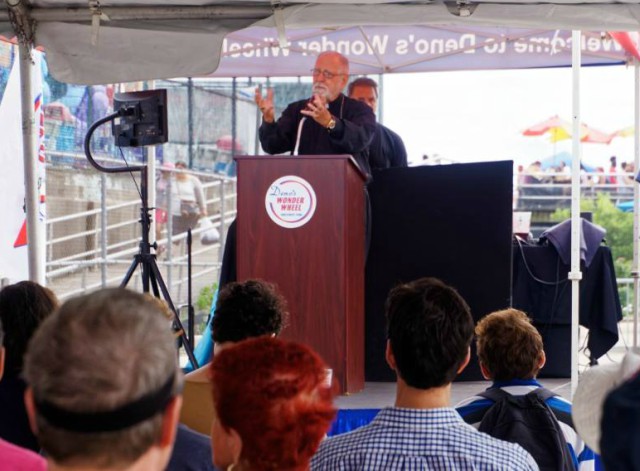
- On History Day, Father Eugene Pappas, Coney Island native and pastor of Southern Brooklyn's Three Hierarchs Greek Orthodox Church for the past 35 years, will broadcast a live radio show from Deno's Wonder Wheel Park about Coney Island's immigrant heritage. The radio show will be from just after 1pm until 2pm on WNYE COSMOS FM Hellenic Public Radio and will be followed by his opening remarks at 2pm on the Dreamland Plaza Stage. Guests on the radio show will include Dennis Vourderis of Deno's Wonder Wheel Park and Charles Denson of the Coney Island History Project. Tune in at 91.5 or listen live at cosmosfm.org/podcast.
The opening ceremony at 2pm will be followed by Free Live Entertainment from 3-6pm on the Dreamland Plaza Stage located at 3059 West 12th St next to Deno's Wonder Wheel Park (between Bowery Street and Boardwalk).
About Deno's Wonder Wheel Park
Built in 1920, Deno's Wonder Wheel is the iconic centerpiece of the Coney Island skyline and the heart and soul of the amusement and entertainment district. Deno's Wonder Wheel Park founder Denos D. Vourderis, the 8th of 22 children, immigrated to the United States at age 14 to pursue the American Dream. He was born in Greece in 1920, the same year as the Wonder Wheel that he would buy in 1983 as a wedding ring for his wife, restore to its original state and build his park around. Deno's Wonder Wheel Park has the best selection of rides for kids and over 21 thrilling attractions including the classic haunted house dark ride, Spook-A-Rama, and Stop the Zombies, a state-of-the-art virtual reality interactive ride, game and movie in one air-conditioned theater. The park is owned and operated by Dennis and Steve Vourderis and their sons, the second and third generations of the Vourderis family. Deno's Wonder Wheel was designated an official New York City landmark in 1989 and West 12th Street, between Surf Avenue and the Boardwalk, was co-named Denos D. Vourderis Place in 2001. Deno's Wonder Wheel will celebrate its 100th birthday in 2020.
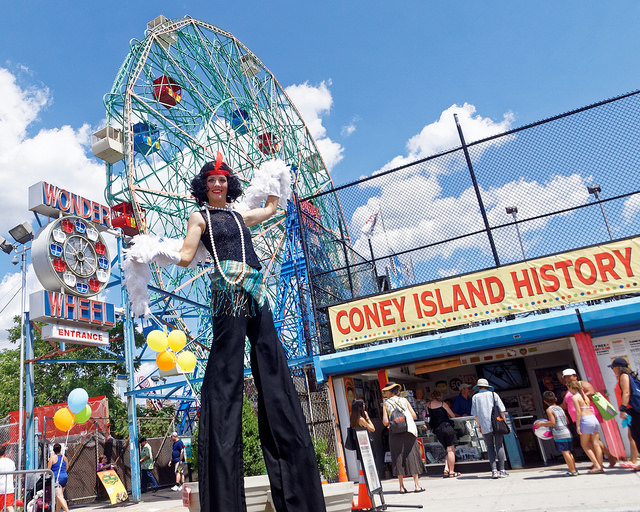
About the Coney Island History Project
The Coney Island History Project is a not-for-profit organization that aims to increase awareness of Coney Island's legendary past and to encourage appreciation of the Coney Island neighborhood of today. Located on West 12th Street at the entrance to Deno's Wonder Wheel Park, our exhibition center is open free of charge on weekends during the summer season. Emphasizing community involvement, the History Project records and shares oral history interviews; provides access to historical artifacts and documentary material through educational exhibits, events and a website; and teaches young people about local history and develops programs in conjunction with local schools, museums, and other organizations. Our multilingual offerings include a brochure in 10 languages, English and Chinese language walking tours, and oral history interviews recorded in several languages. The Coney Island History Project was founded in 2004 by Carol Hill Albert and Jerome Albert in honor of Dewey Albert, creator of Astroland Park. Executive director Charles Denson is a Coney Island native, a noted historian, and the author of the award-winning book Coney Island: Lost and Found.
Deno's Wonder Wheel Park and the Coney Island History Project
3059 West 12th Street, Coney Island, Brooklyn, NY 11224
D, F, N or Q train to Stillwell Terminal
Phone: 347-702-8553 (Coney Island History Project)
Phone: 718-372-2592 (Deno's Wonder Wheel Park)
http://www.coneyislandhistory.org
http://www.denoswonderwheel.com
events[AT]Coneyislandhistory[DOT]org
 The Coney Island History Project's programs are supported in part by public funds from the NYC Dept of Cultural Affairs in partnership with the NYC City Council, New York City Councilman Mark Treyger, and our members and contributors.
The Coney Island History Project's programs are supported in part by public funds from the NYC Dept of Cultural Affairs in partnership with the NYC City Council, New York City Councilman Mark Treyger, and our members and contributors.
